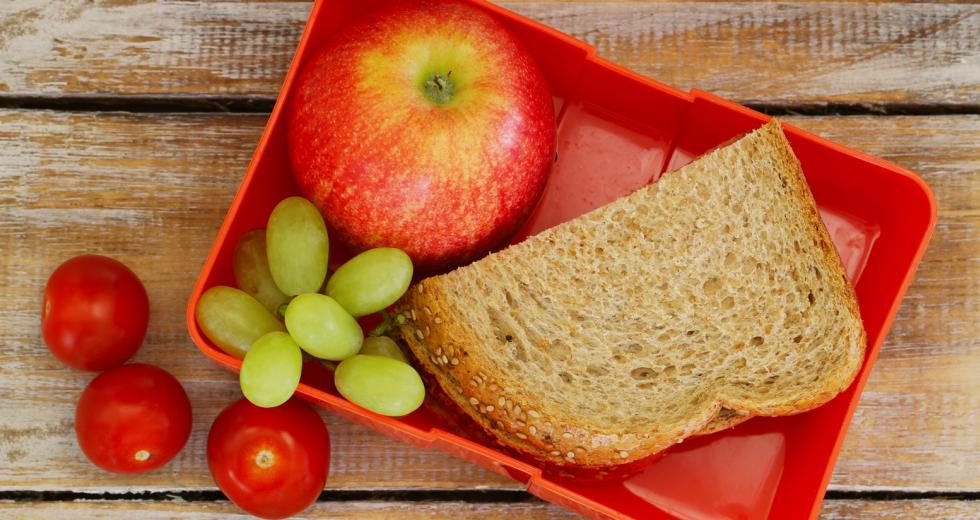The Waiting Game
Sacramento City Unified’s central kitchen slow to progress

I’m a locavore — an advocate for eating local food. Local food tastes better. Sadly, kids eating school lunches rarely know the joys of a blueberry or tomato grown in their own communities. In Sacramento, school cafeterias don’t have the equipment or capacity to store and prepare fresh, local food. They’re designed mainly to warm frozen, processed food.
In 2012, taxpayers approved Measure R to fund a solution to this problem: build a “central kitchen,” a large kitchen that serves as a hub for the whole district, where meals are prepared from scratch daily and distributed same-day to all schools. Yet, four years later, kids are still waiting for a better school lunch.
On May 5, the Sacramento City Unified School District school board received an assessment from the Central Kitchen Task Force about the viability of local properties for a central kitchen site. I’m on the task force, and I joined a group of food activists at the meeting to speak in favor of building the central kitchen and to inspire a sense of urgency to keep the project on track. Two feasible sites have been identified. One is owned by the district, but not centrally located to school sites. The other is favorably located next to the SCUSD’s existing food warehouse, but isn’t owned by the district. No action has been taken yet to select a site — the first barrier standing between Sacramento students and their local watermelon. Board Member Jay Hansen, who appointed the task force, says he anticipates an action on property by August.
Let me provide context for the problems that lead to the need for a central kitchen. It’s not the fault of “lunch ladies” that our kids aren’t eating fresh school meals; it’s a systems-level problem that runs much deeper. Through my job as executive director of the Food Literacy Center and as a volunteer appointee of the SCUSD’s task force, I work closely with district staff from the Nutrition Services Department. They’re the ones banging their pots and pans the loudest to resolve the fresh food issue, working to fill school lunches with local fruits and veggies (defined by the district as grown within 250 miles). But making these dreams come true takes a lot of work.
“If Sacramento is to deliver on its promise as the Farm-to-Fork Capital, we need to start with what we feed students in our schools,” says Nutrition Services Director Brenda Padilla. With a master’s degree in human nutrition, she’s the one in charge of the meals our kids eat. And she’s eager to improve the choices offered to them.
Campuses Not Equipped
When it comes to serving local food, the story is like an orange with a very stubborn peel: It’s hard to get to the good stuff. In this case, federal school lunch regulations don’t stand in the way — it’s a problem of equipment and infrastructure.
Many SCUSD campuses were built during an era when processed foods reigned supreme, with small kitchens designed to serve one goal: heat and serve. They are tiny spaces without much prep or The Waiting Game | Comstock's magazine:
